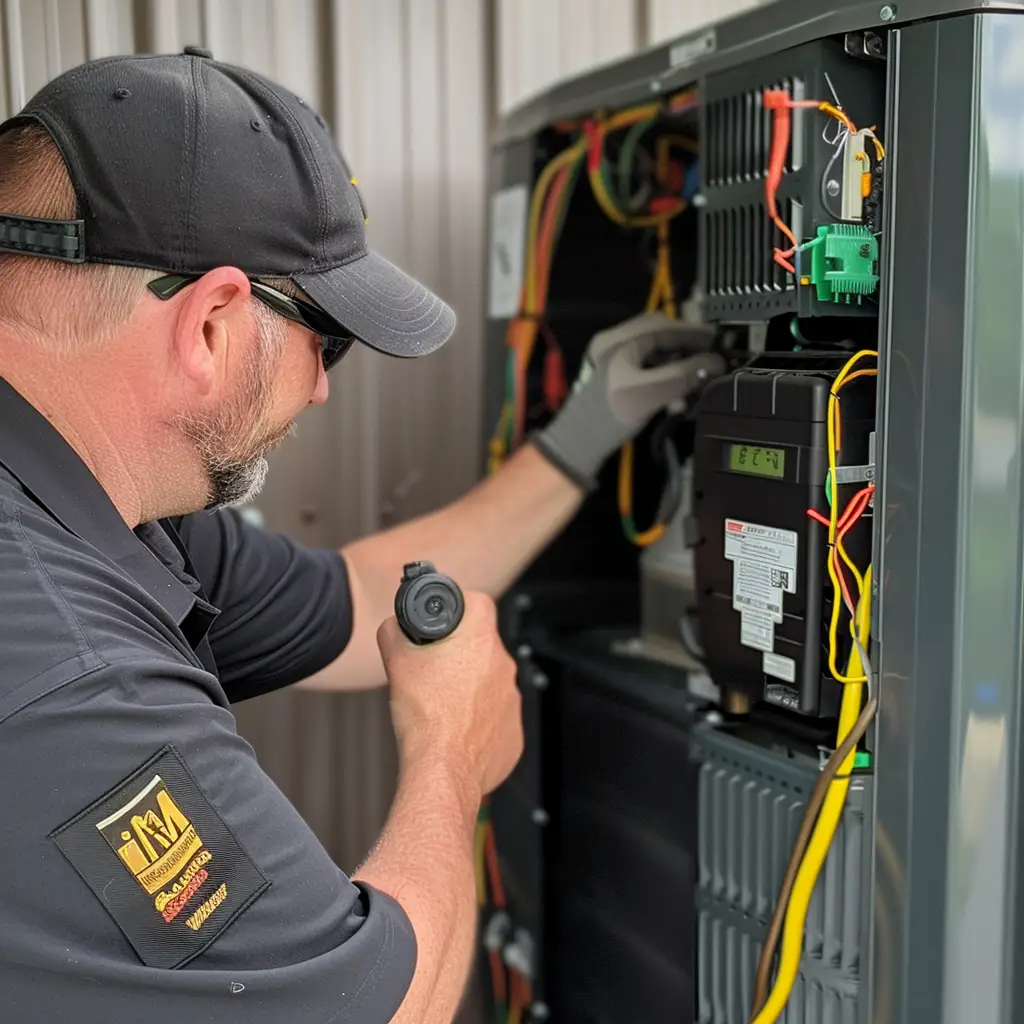Breathe in, breathe out – air, it’s what we need to survive. But have you ever stopped to consider the quality of the air within your living space? Or even how well it circulates throughout your home? Airflow plays a crucial role in our home environment, and improving it can greatly enhance the comfort and health of your living space.
Why Airflow Matters in Your Home
Airflow isn’t just about keeping your home ventilated; it directly impacts your health and comfort. Imagine spending a day in a room where the air is stagnant and heavy – not a pleasant thought, right?
The Importance of Airflow
Efficient airflow can reduce allergens, prevent mold growth, and maintain a consistent temperature, which all contribute to a healthier and more comfortable home environment.
How Airflow is Affected in Homes
Various factors can hinder the airflow in your home, such as blocked vents, dirty air filters, and improper furniture placement.
Factors Affecting Airflow
An obstruction in your air ducts or vents, dirty filters, and even the position of your furniture can all impact the airflow within your home.
Methods to Improve Airflow in Homes
Improving your home’s airflow is not as complex as it might seem. Below are some actionable tips you can start implementing today!
Clean and Replace Air Filters Regularly
One of the easiest ways to improve airflow is to ensure your air filters are clean and replaced as needed.
Benefits of Regular Maintenance
Regular maintenance of your filters can lead to fewer allergens and a more efficient HVAC system.
When to Replace Filters
Generally, filters should be replaced every 1-3 months depending on usage and the type of filter.
Install Ventilation Fans
Another way to enhance airflow is by installing ventilation fans, especially in areas prone to moisture like bathrooms and kitchens.
Where to Install Fans
Consider installing fans in bathrooms, kitchens, or any areas in your home that are prone to high humidity or lack natural ventilation.
How Fans Improve Airflow
Fans can greatly enhance circulation, reduce humidity, and improve the overall indoor air quality. Air filtration systems are another great way to improve airflow.
Ensure Proper Air Duct Maintenance
Maintaining your air ducts is crucial for optimal airflow. Over time, ducts can become blocked with dust, reducing the effectiveness of your HVAC system.
Understanding Ductwork
Air ducts are the channels that distribute heated or cooled air throughout your home. Any blockages can impede airflow and decrease your HVAC system’s efficiency.
Signs of Duct Issues
Signs of air duct issues can include uneven heating or cooling in different rooms, excessive dust, or a noticeable increase in your energy bills.
Opt for Strategic Furniture Placement
Did you know that your furniture placement can significantly affect your home’s airflow? It’s true!
The Impact of Furniture
Large furniture pieces, especially when placed in front of vents, can obstruct the free flow of air, creating stuffy and uncomfortable spaces.
Tips for Furniture Placement
Try to avoid placing large items in front of vents and consider open-plan living where possible to encourage air circulation.
Use Window Treatments to Your Advantage
Your windows play a significant role in airflow and can be used to your advantage.
Role of Windows in Airflow
Windows allow fresh air in and can help regulate indoor temperatures. But, the type of window treatments you choose can also impact airflow.
Choosing the Right
Choosing the Right Treatments
Opt for treatments that allow for easy opening and closing of windows, such as blinds or lightweight curtains. This allows for better control over natural ventilation.
Professional Help for Airflow Improvement
While these tips are helpful, there may be times when professional assistance is required.
When to Call a Professional
If you’ve tried the above tips and still notice poor air circulation, strange noises from your HVAC system, or a sudden increase in your energy bill, it may be time to call in the experts.
How Professionals Can Help
Professionals can conduct a thorough assessment of your home’s ventilation system and offer solutions tailored to your specific needs.
Trust AirPoint to Improve Your Home’s Airflow
As you look to improve the airflow in your home, consider the expertise of a professional like AirPoint. As a Carrier factory authorized dealer and NATE certified company in Toronto, we assure top-notch service to optimize your home’s ventilation. Proudly, we hold the title of HomeStars Best of the Best 2023 and maintain a stellar 5-star rating on Google and HomeStars. Rest assured, all of our technicians are fully certified by TSSA, HRAI, and CSA, guaranteeing a seamless service for your home’s airflow needs.
To learn how to fix airflow in your vents, watch this video by How To Fix It Workshop
Addressing Your Airflow Concerns: FAQs
How often should I replace my air filters?
Typically, it's recommended to replace your air filters every 1-3 months, depending on the type of filter and usage.
Where should I install ventilation fans in my home?
Ventilation fans are most effective in areas prone to high humidity or lack of natural ventilation, such as bathrooms and kitchens.
What signs might indicate a problem with my air ducts?
Signs of air duct issues can include uneven heating or cooling in different rooms, excessive dust, or an increase in energy bills.
How does furniture placement affect airflow?
Large pieces of furniture, especially when placed in front of vents, can obstruct air circulation, leading to stuffy and uncomfortable spaces.
When should I seek professional help for airflow improvement?
If you've tried improving airflow on your own but still notice poor circulation, strange HVAC system noises, or a sudden increase in energy costs, it may be time to seek professional assistance.





